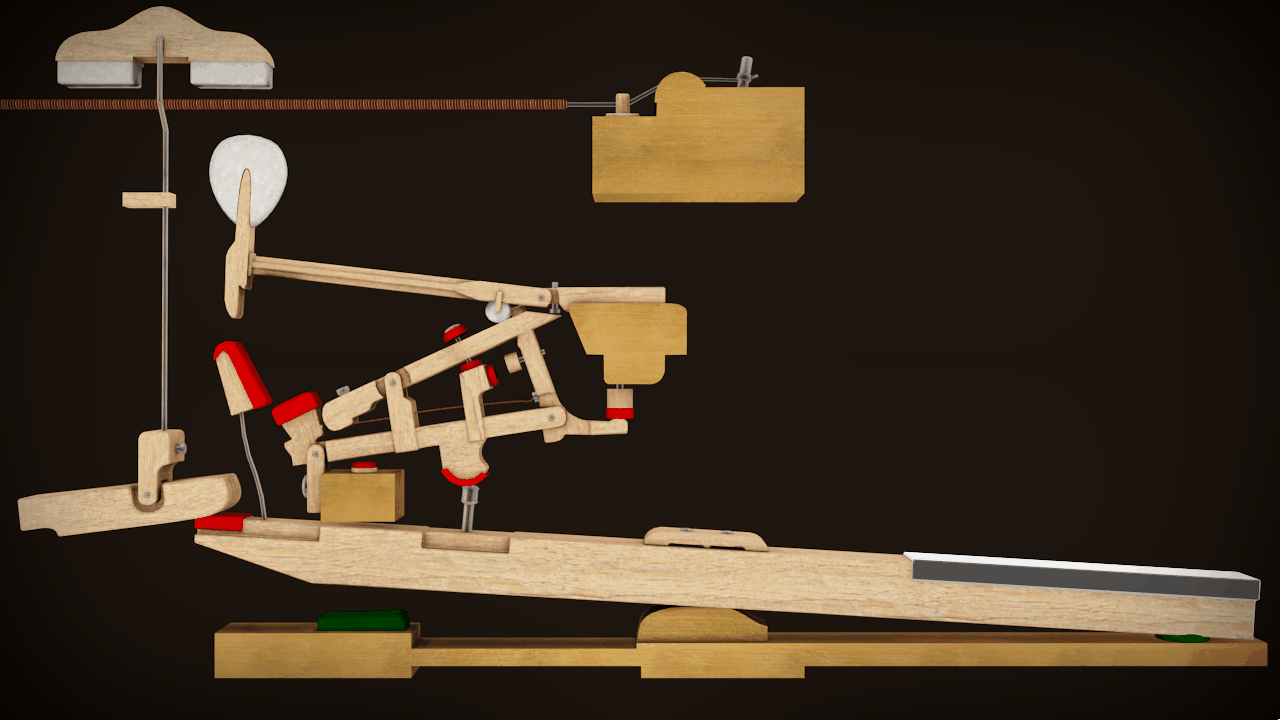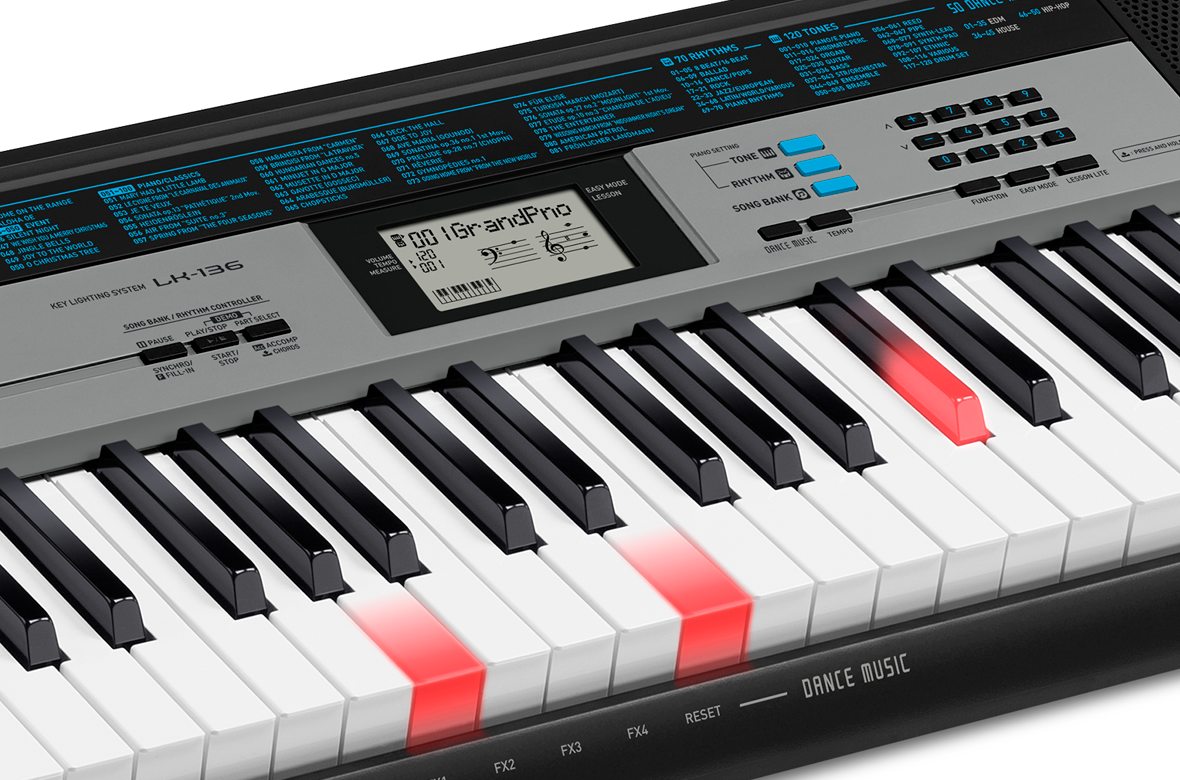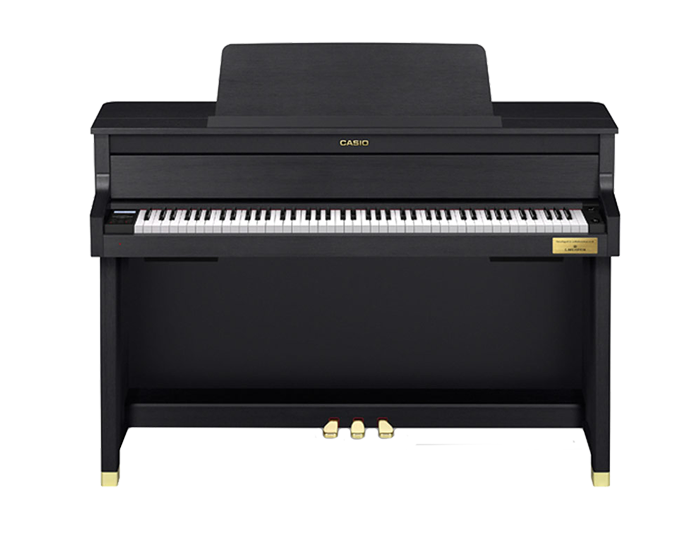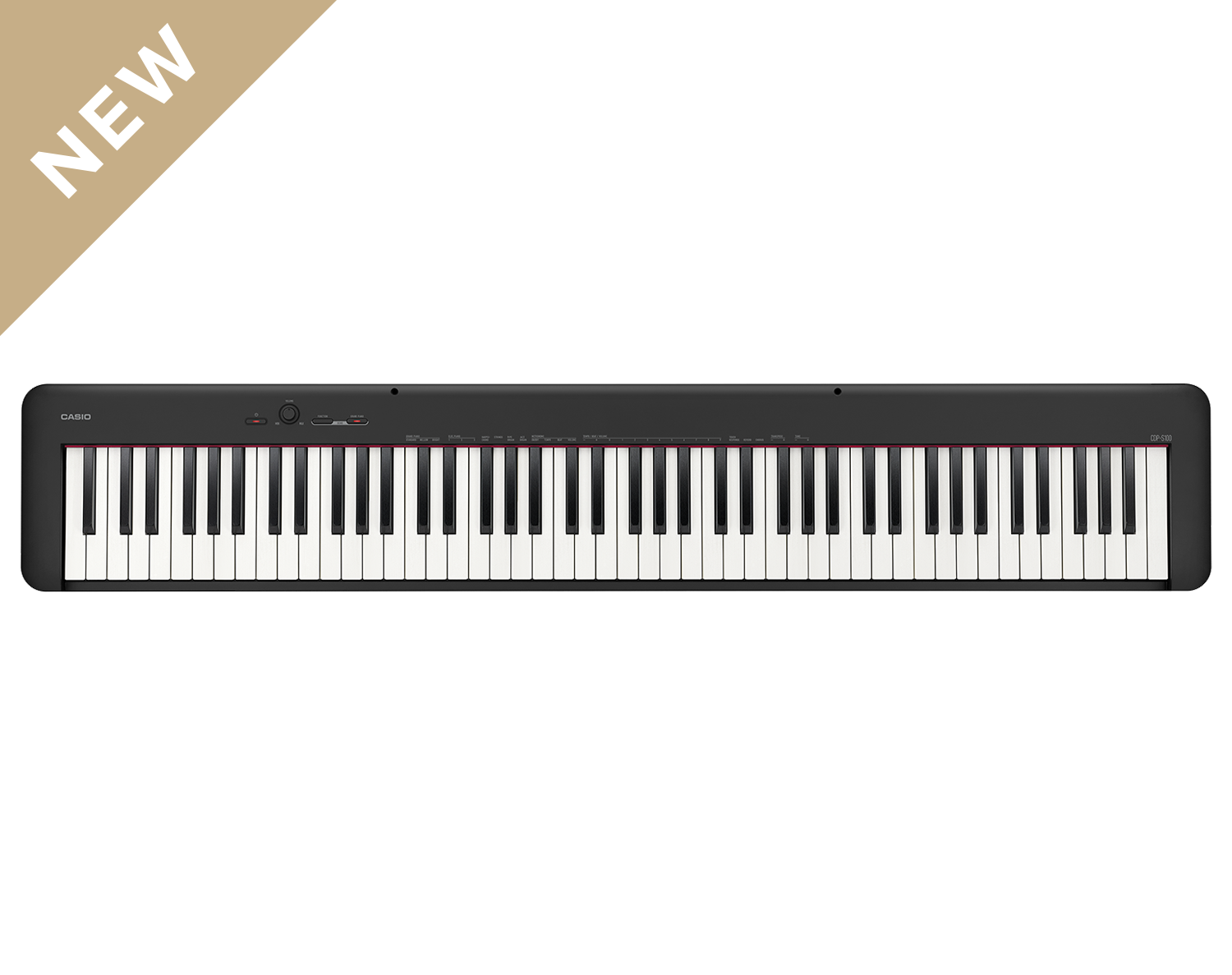THE STYLISH AND SMART SERIES - EPISODE 3
/By Jodie Abacus
"Stylish and smart"
Do you want my definition of "stylish and smart"? It is positively upgrading myself as being honest and real with people in a world that's surrounded by individuals having to pretend that they're something they're not just to show off they're doing well.
Too deep?
But let me ask you a question.
How are you really? How are things going? Honestly, how are you? How is this whole musical journey going for you?
Tell me, and don't hold back.
Those voices in your head, I know them. They're very familiar to me.
"Am I good enough?"
"Will this even work out for me?"
The "stylish and smart" I love liberates people from their demons, that tell them who they are or who they're not meant to be, and shows them what the truth is.
The suffering in silence, in a place that tells you that you have to bite your lip at every aspect of your artist's life just so you can maybe move up to the next level, when, really, you just want to scream. And when you do scream, it's a release. Not just for you, but for the whole world and for those hidden voices in your subconscious that always second guess whether something is right or wrong that people are too afraid to talk about.
Our rants, our releases, our troubles, our thoughts and our stresses, when shared with each other, can help us get out of the deepest holes. Sometimes, knowing that, in life, you aren't the only one going through troubles can be a good way to cope.
I truly believe that music is the closest thing you can ever get to anything called god. With what we have, we can travel the world, play sounds, lyrics and vocals, and heal someone's heart! Or even destroy it...
The style and presentation with which we approach our creativity, and the thought we put into delivering our art, is vital.
It can help change hearts and minds, which can help change the world.












































